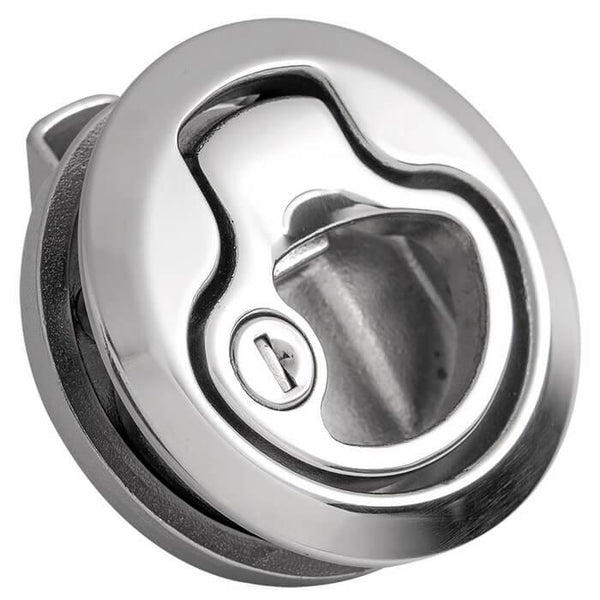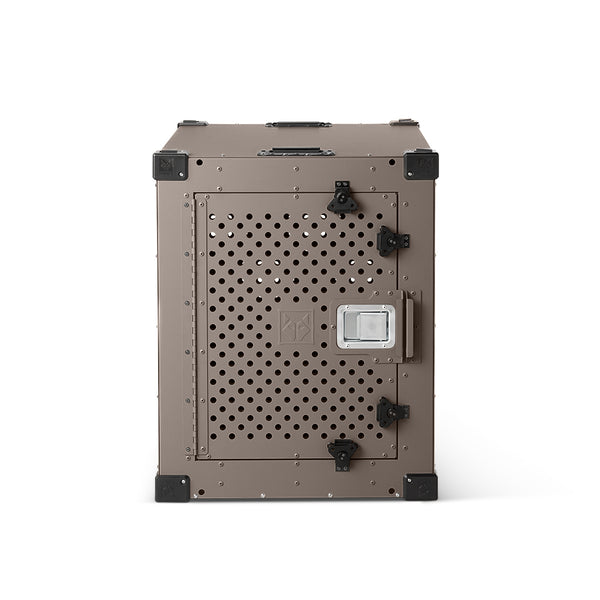The Federal Emergency Management Agency's (FEMA) Citizen Corps declared May 8th as National Animal Disaster Preparedness Day.
We should always be prepared to take care of our animals, especially in the event of an emergency. Do not leave your pets behind! If it isn’t safe for you, it isn’t safe for your pets.
During a disaster, there is a possibility that your pet is injured, lost, or needs to be evacuated. When you're prepared for these emergency situations, you're giving yourself a chance to think clearly and stay calm during a real event. It's also important to be familiar with the natural disasters prone to your area. These disasters can be anything from flash floods, fires, snow storms, earthquakes or even attacks.

How to plan for a disaster:
- Stay informed
- Store enough food, water and supplies to last at least 3 days
- Pet First Aid Kit
- Pet Evacuation Kit
- Evacuation Procedure
- Emergency Contacts
- Designate safe meet-up spots
- Prepare for after a disaster
Supplies:
Do you have enough food, water and medical supplies stored for your pet in case of an emergency? As you know, disasters are unpredictable and it's difficult to prepare for the duration of an unforeseen event. At the very least, it's best to have enough supplies stocked for a few days than none at all.
- Prepare at least 3 days worth of food in an airtight, waterproof container.
- Keep at least a 3-day supply of water specifically for your pet. medication and supplies for your pet.
- Any medication that your dog takes on a regular basis.
- Sanitation supplies- pet-friendly cleaner, trash bags, disinfectants, diluted bleach, etc.
- First Aid Kit- You can buy a pet-specific First Aid Kit, or click here to learn how to assemble your own Pet First Aid Kit.
- Pet Evacuation Kit (see below)
- Collar and/or harness with your dog's identification tag attached
What to pack in a Pet Evacuation Kit:
- Bring your dog's favorite toy as familiar items can help reduce stress for your pet.
- Treats
- Familiar bedding
- Important paperwork for your pet:
- Emergency contacts
- Veterinary records
- Medical history
- Proof of ownership- including photo of you and your pet together
- Written description and photo of your dog
- Sources for lost and found animals
- Dog crate - labeled with your dog's information, feeding instructions and your contact info.
- Maps of your area
- "Pets inside" and "Evacuated with Pets" stickers for your windows
- Solar/battery operated radio
- Flashlight
- Batteries
- Phone charger
- Muzzle (if applicable)
- Extra leash and collar

Evacuation Procedure
Develop an evacuation plan for all of your animals and practice the plan. Designate a safe place to store all of your evacuation supplies. Knowing where all of your emergency supplies are kept will save you valuable time in the event of a disaster.
Arrange a safe place for your pets to stay if something happens to you, or if your pets are unable to stay with you temporarily during an evacuation. Locate boarding facilities, pet-friendly hotels and animal hospitals near your evacuation route. Designate nearby and out-of-town friends or family members who are willing to care for your pets in case of an emergency.
Stay informed of potential disasters and learn about evacuation shelters in your area. Determine emergency meetup spots with family, friends and/or neighbors ahead of time. Developing an emergency evacuation plan with your nearby loved ones and neighbors is especially important when cell phone communication is limited.
Develop a plan for if you're not home when a disaster strikes
- Designate a willing neighbor to tend to your pets in the event a disaster occurs when you are not at home. Provide this trusted person with a key to your home, show him/her where your evacuation supplies are kept and talk about evacuation procedures.
- Place notes/signs on front and back house doors and driveway entrances to notify neighbors and first responders of animals on your property. Remember to include the location of evacuation supplies.
- Keep a list of the species and locations of your animals near evacuation supplies and note your pets’ common hiding spots. This will save valuable rescue time.
- Be sure to keep muzzles, leashes and other restraints where rescue personnel can find them, since pets may become unpredictable when frightened.
- Keep a list of emergency contacts, as well as your contact info in your evacuation kit.
- Have a signed veterinary medical treatment authorization with your evacuation kit, which will aid your veterinarian in providing care if your pet must be treated during your absence.
- Designate specific locations where you will meet in an emergency; one in your immediate neighborhood and another farther away.
After the disaster
Examine your animals closely and contact your veterinarian if you discover injuries or signs of illness.
Survey the area inside and outside of your home to identify downed power lines, debris, dangerous objects, wildlife, contaminated water, or other hazards.
Familiar scents and landmarks may have changed, which can confuse your pets. Limit them to indoors only until debris is clear and it's safe to go outside. If you choose to allow your dog to go outside, consider supervision and a restraint at first.
Allow your pet to fully rest to recover from trauma and stress.
What to do if your pet is missing
Notify local law enforcement, animal control officials, veterinarians, and your neighbors of any lost animals. If your pet is lost, check animal control and contact animal shelters daily for lost animals. Check online for any posted information about lost and found pets. Many local Facebook groups have lost/found pet pages.
If your pet is microchipped, remember to keep your emergency contact information up to date.
Don't wait until a disaster strikes to come up with an evacuation plan. Have supplies and a practiced plan ready PRIOR to a disaster. This will help you safely and successfully evacuate your family and your pets. Those who take the time to prepare themselves and their pets are less likely to feel overwhelmed or experience difficulty.

Emergency Checklists and Pamphlets:
https://ebusiness.avma.org/files/productdownloads/STWF_English.pdf
https://www.ready.gov/sites/default/files/2020-03/prepare-for-emergencies-pet-owners.pdf
Sources:
https://www.puppyup.org/may-8-is-national-animal-disaster-preparedness-day/
https://ebusiness.avma.org/files/productdownloads/STWF_English.pdf
https://www.ready.gov/sites/default/files/2020-03/prepare-for-emergencies-pet-owners.pdf
Photo Credit: Canva.com















